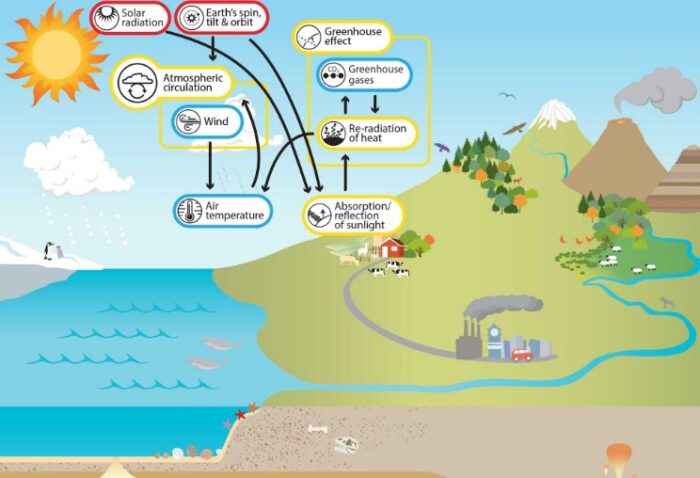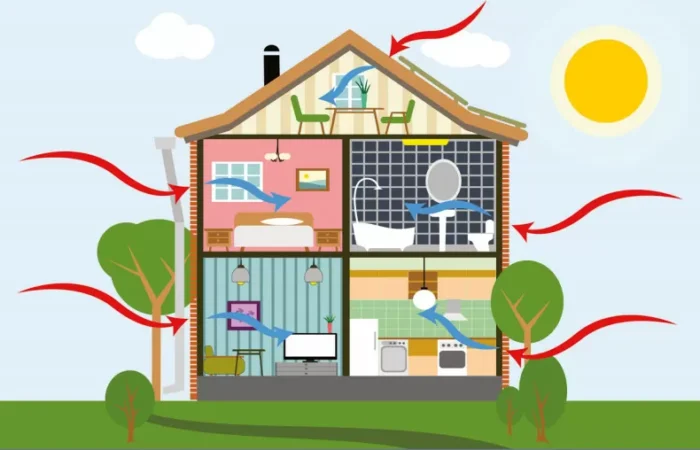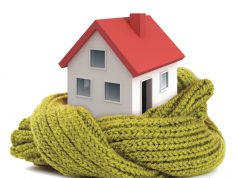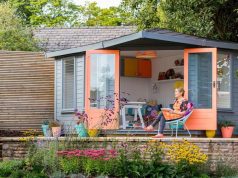
Choosing a new home is one of life’s most significant decisions. It’s not just about the size, style, or location, but also about how well the home will suit your lifestyle and needs, which includes the climate in which you’ll be living. Climate plays a crucial role in determining your comfort, energy efficiency, and sustainability, so it’s vital to consider it when searching for your dream home. And don’t forget about the different types of windows. In this article, we will explore the importance of climate considerations in the home-buying process and provide insights into making an informed choice.
1. Understanding Local Climate Patterns

To make an informed decision, it’s essential to understand the local climate patterns of the area you’re considering. Every region has its own unique climate, which can broadly be categorized into tropical, temperate, arid, and polar. Additionally, local microclimates may exist due to factors like proximity to water bodies, altitude, or urban heat islands. For instance, coastal areas may have milder and more humid climates, while inland regions may experience more extreme temperature fluctuations.
2. Comfort and Well-being
Your home should provide a comfortable and pleasant living environment throughout the year. Consider the following climate-related factors:
- Temperature Extremes: In areas with hot summers or cold winters, insulation and HVAC systems become critical. Ensure that the home is well-insulated and has an efficient heating and cooling system to keep you comfortable year-round.
- Humidity Levels: High humidity can lead to discomfort and potential structural issues, while low humidity can cause health problems and damage to wooden fixtures. Understanding the humidity levels in your area will help you make adjustments if necessary.
- Rainfall and Storms: Frequent heavy rainfall or storms may necessitate flood insurance or storm-proofing measures for your home.
- Sunlight and Shade: Consider the orientation of the house, the presence of trees, and the amount of natural shade. This will impact your energy bills and your enjoyment of outdoor spaces.
3. Energy Efficiency

Climate considerations are closely tied to the energy efficiency of your home. A well-designed and properly situated home can take advantage of natural climate patterns to reduce energy consumption. For example:
- Passive Solar Design: In colder climates, homes designed with large south-facing windows can harness the sun’s warmth during the day, reducing heating costs. In contrast, homes in hot climates might use shade and reflective roofing to keep interiors cool.
- Energy-Efficient Appliances: Knowing the climate will help you select the right appliances. In a hot climate, an energy-efficient air conditioner is a must, while in colder regions, an energy-efficient heating system is a priority.
4. Sustainability and Environmental Impact
Your home’s environmental impact is closely tied to climate considerations. Sustainable practices and features can help reduce your carbon footprint. Examples include:
- Solar Panels: In areas with ample sunlight, installing solar panels can reduce your reliance on fossil fuels and lower your energy bills.
- Water Conservation: In regions with water scarcity, installing water-saving fixtures and designing a drought-resistant landscape can reduce water consumption.
- Insulation and Ventilation: Proper insulation and ventilation can minimize the need for excessive heating or cooling, which not only lowers energy bills but also reduces greenhouse gas emissions.
5. Resilience to Climate Change:
Climate change is causing more extreme and unpredictable weather patterns. When buying a home, it’s important to consider how resilient it is to these changes. Are there flood risks, wildfire hazards, or other climate-related threats? It’s crucial to understand the potential vulnerabilities and prepare accordingly.
6. Local Regulations and Building Codes
Building codes and regulations are often tailored to local climate conditions. These codes ensure that homes are constructed to withstand the prevailing climate. Familiarize yourself with local building codes to ensure your home is safe and compliant.
7. Outdoor Living and Recreation

Your home’s surroundings should provide opportunities for outdoor activities and leisure that align with the local climate. If you enjoy gardening, hiking, or outdoor sports, consider how the climate affects your ability to engage in these activities.
8. Health and Safety
Certain climates can have health implications. For instance, living in extremely humid environments may lead to mold growth and associated health issues. Extremely cold climates may increase the risk of ice-related accidents. Consider how the climate may affect your health and safety.
9. Long-Term Investment
Finally, climate considerations are an integral part of assessing the long-term investment value of a home. Climate-related issues, such as flooding or wildfires, can impact property values and insurance costs. Weigh these factors when making your decision.
In conclusion, understanding and considering the local climate is an essential part of choosing a new home. It affects your comfort, energy efficiency, sustainability, and overall quality of life. A home that aligns with the local climate will not only save you money but also contribute to your well-being and peace of mind. When in doubt, consult with local experts, such as real estate agents, builders, and climate specialists, to make an informed decision that ensures your new home is a perfect fit for your lifestyle and the local climate conditions.

















